Pineapple Sage - Edible, Pretty and
Great For Attracting Wildlife
One of the most popular and flavourful of the 750+varieties is called pineapple sage, and if you’re looking for a little twist in your herb garden, this variety is an excellent choice.
Salvia elegans, is a perennial that was native to northern parts of Central America. It gets its name for the vaguely pineapple aroma of its leaves, and it is highly popular in gardens because it attracts butterflies and hummingbirds.
Pineapple Growing Tips and Advice
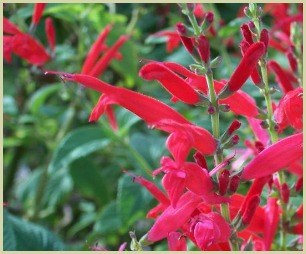
It has bright yellowy-green pointy leaves, and it produces beautiful red tubular flowers anytime from late summer or mid-autumn or later.
The blossoms last a long time and the plant itself can grow anywhere from 30 inches to up to five feet tall.
It prefers mild winters and does need some shelter in the garden from wind and direct sunlight.
Water it weekly and increase watering on hot summer days.
You can help your pineapple sage weather cold temperatures by lots of mulching before the first frost. Let it grow for a year, and then in the second year, harvest the leaves before the flowers bloom. Dry them in a warm, dry place with lots of ventilation to avoid moulding.
Another interesting fact: If you plant this type near your carrots, strawberries or tomatoes, you’ll notice that they grow better! Click for further growing tips.
Why Choose Pineapple Sage?
The plant is popular in Mexican gardens because its been long used in traditional Mayan medicine. It has been used in treatments for a number of conditions, most commonly for anxiety and for lowering high blood pressure.
Today, modern research has shown this variety does have some benefit in people suffering from anxiety and depression. It has also been proven to lower hypertension. You can also brew some pineapple sage tea to help ease digestive problems and to calm heartburn. Click here for a recipe.
Cooking with Sage
The leaves are edible and delightful when used in a number of recipes! Take care to use sparingly if you are using them dried, as this type actually intensifies in flavour when it dries.
You can use it in teas, and it flavours chicken and pork beautifully. Blend a little of the dried leaves in some cream cheese for a delightful spread on a toasted English muffin.
And you can use it in any recipe that calls for common sage, but its sweet citrusy flavour makes it especially nice in fruit salad and jams.
Click the Images For 2 Other Types and a Herb You May Enjoy
Bog Sage - Much Prettier Than the Name Suggests |
Jerusalem Sage -
|
Culinary Uses and
|
Click on the buttons above to follow me on your favourite social media:
by
Jason Pitcher
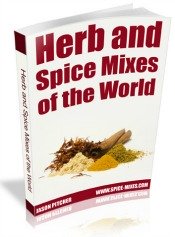
Sign up to my monthly newsletter and get a
FREE Book!
Click on the buttons above to follow me on your favourite social media:

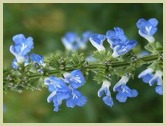
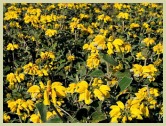
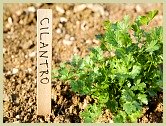






New! Comments
Have your say about what you just read! Leave me a comment in the box below.